Rye as green manure, benefits and application features

Many gardeners try to grow their products with minimal use of chemicals. Natural products are very good. However, without applying mineral fertilizers, plants will very quickly use up nutrients from soil. Some of the necessary minerals will be washed away by rain.
As a result, yields will begin to fall, and plants will lose resistance to diseases and pests. Special crops will help solve the problem of fertilizers without chemicals. Let's consider one of them - rye as green manure.
Content:
- Features of rye cereal as green manure
- How to sow rye for green manure before winter
- Rye for green manure during spring sowing
- Rye as green manure for vegetable and garden crops
Features of rye cereal as green manure
A variety of crops can be used as green manure. Rye has a number of advantages, since it is convenient to sow both before winter and in spring. As soon as the crop is harvested from the site, and many crops are harvested at the end of summer, rye can be sown in their place.
When sowing before winter, rye will begin to grow as soon as the snow melts. This is very convenient, since you do not need to wait until the soil melts to the depth required for cultivation and only then start sowing the cereal.
Rye, as a green manure, has the following positive aspects and advantages:
- The sprouts are tender; when plowed in, they decompose easily
- promotes the conversion of phosphorus into a form convenient for plants
- is a prevention of late blight
- saturates the soil with nitrogen and potassium
- improves structure and mechanical composition soil, which is especially important for heavy soils
- suppresses the development of weeds
- Compared to the same wheat, rye is unpretentious
- availability of seed material and its low cost
But this crop also has disadvantages, the main one concerns winter sowing. In spring, winter rye has strongly developed roots. They take away a lot of moisture and dry out the soil. If you do not take timely watering measures, the soil may turn into a hard crust.
Crops sown after this green manure require additional watering. The entire area where the green shoots were plowed also requires watering. This is due to the fact that decomposition of green mass occurs only in moist soil.
How to sow rye for green manure before winter
In order for green manure crops to bring maximum benefit, you need to follow simple rules. In order for rye to improve the chemical and mechanical composition of the soil, its sowing before winter must be planned so that in the spring it remains in the beds as long as possible.
Therefore, it is advisable to sow it before crops that are planted quite late. It is desirable that at the time of plowing into the ground, the rye enters the stage of ear formation. At this time, the green parts are still tender, but the nutrient content in the green mass is already high.
Best time sowing before winter begins in the second half of August and continues until mid-September. The area is dug up and shallow grooves are made on it at a distance of 15 cm from each other. Spread the seeds. They are buried in the ground. You don’t have to worry about winter crops until spring.
Loosening the soil in the spring will give impetus to the growth of green mass.It is very good to loosen the row spacing with a flat cutter. After three to four weeks, the above-ground part can be cut off.
The most convenient way to do this is also with a flat cutter. Important! The site is not dug up; the roots of the crop must remain in the ground. The green cuttings can be left in the garden bed, transferred to other crops, or placed on compost. In the place where rye grew as green manure, after 14 days the main crop can be planted or sown.
Rye for green manure during spring sowing
Taking into account the fact that rye tolerates low temperatures well, its spring sowing is carried out as soon as the snow cover melts. Usually this time falls in the first ten days of April. The easiest way to sow in spring is to randomly broadcast seeds on the surface of the earth. In this case, seed consumption should be approximately 1.8 kg per one hundred square meters of land.
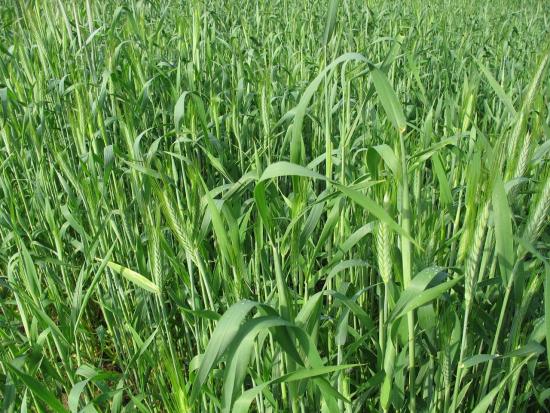
Also in the spring you can sow rye under a rake, that is, go through the area with a rake before and after sowing. As with autumn sowing, you can make furrows at a distance of 13-15 cm and sow seeds in them and then cover them with soil. It is advisable to mow green stems when they are at least 40 cm in height.
All stems cannot be buried in the soil. This may cause it to sour. Part of the green stems should be embedded in the ground, another part can be used as mulch under other crops, and the remainder can be placed in a compost heap.
Since moisture is needed to accelerate the decomposition of green parts in the soil, the area where the planting was done after spring sowing must be watered regularly. You can start planting the main crop in 15 - 18 days. Let's try to figure out which crops are best to use rye as green manure.
Rye as green manure for vegetable and garden crops
In the garden, rye can be sown between fruit trees and berry bushes. Throughout the season, the ground parts need to be mowed several times. It is advisable to use the mowed parts to produce compost.
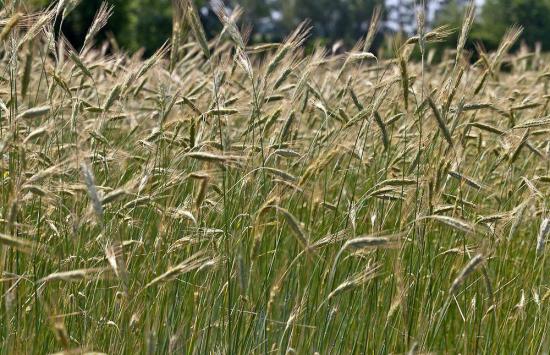
If the farm has poultry or livestock, the green tender stems can be used as feed. Usually you can get several cuttings over the summer. In the same way, you can grow rye in the case when you managed to allocate part of the land, which in the current season is taking a break from growing main crops.
Considering that potatoes and vegetable crops such as tomatoes, peppers, eggplants, and physalis require large amounts of nitrogen and loose soil, rye is an ideal predecessor crop for them. For these crops, it can be sowed both before winter and in spring.
In addition to nightshades, rye can be sown before planting:
- cucumbers
- pumpkins
- watermelon
- kaputi
- beets
- strawberries
If the area is affected by weedy perennials, such as wheatgrass and thistle, then rye sown as green manure will help clear the land of them. Important! Rye cannot be used as green manure before sowing any grain crops.
Obtaining good harvests is impossible without the use of mineral and organic fertilizers. A competent approach will allow most of them to be replaced by sowing various crops with green manure. They can also help improve the condition of the soil and reduce the number of weeds naturally.
Video on how to use rye as green manure:

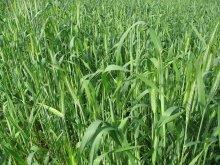
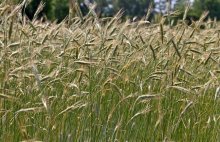
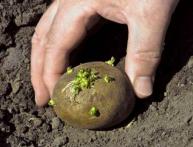
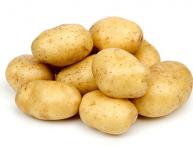

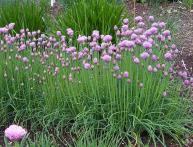
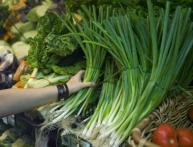
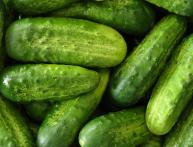
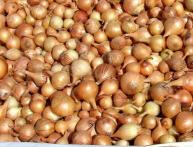

Comments
If you plant rye as a fertilizer, you will have to plant the garden every other year, or divide it in half and plant rye on one side, and potatoes and tomatoes on the other, and then change the planting places the next year.
Several times my father and I tried to sow rye as green manure in separate areas of the garden. A good way to give the soil a rest. After the life cycle of rye and subsequent digging of the soil, a natural fertilization process occurs. But after this procedure, the soil becomes loose and more fertile.